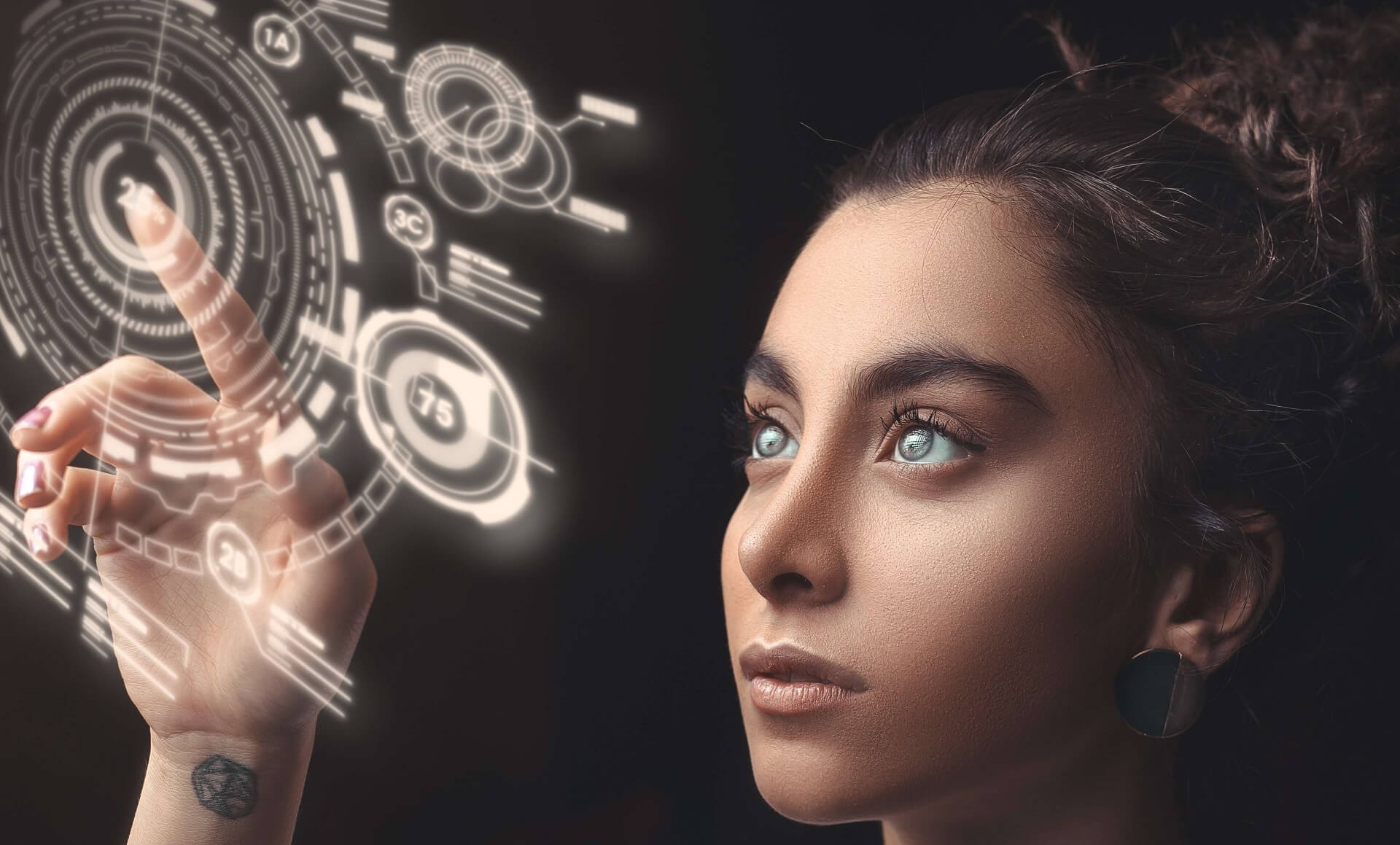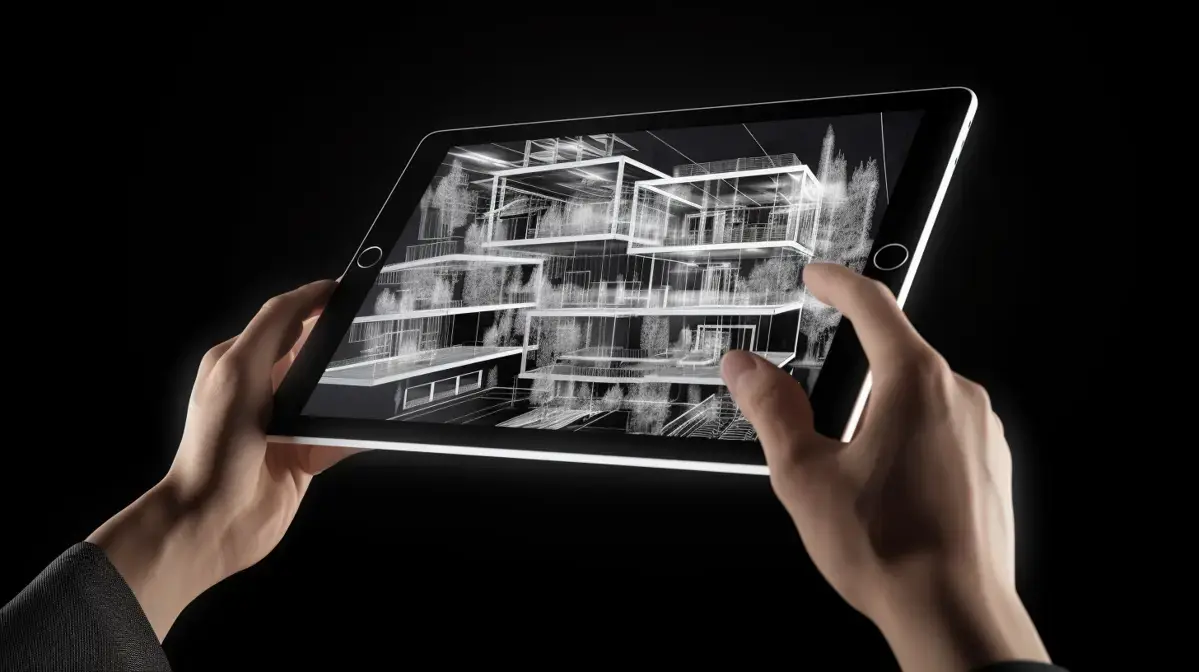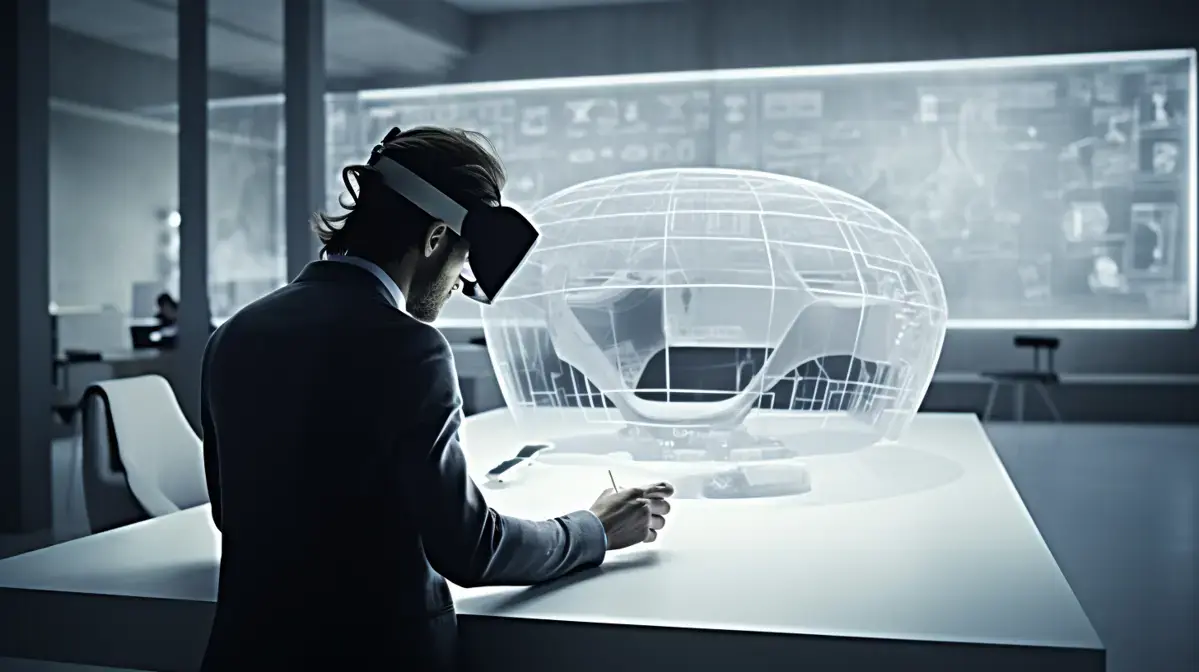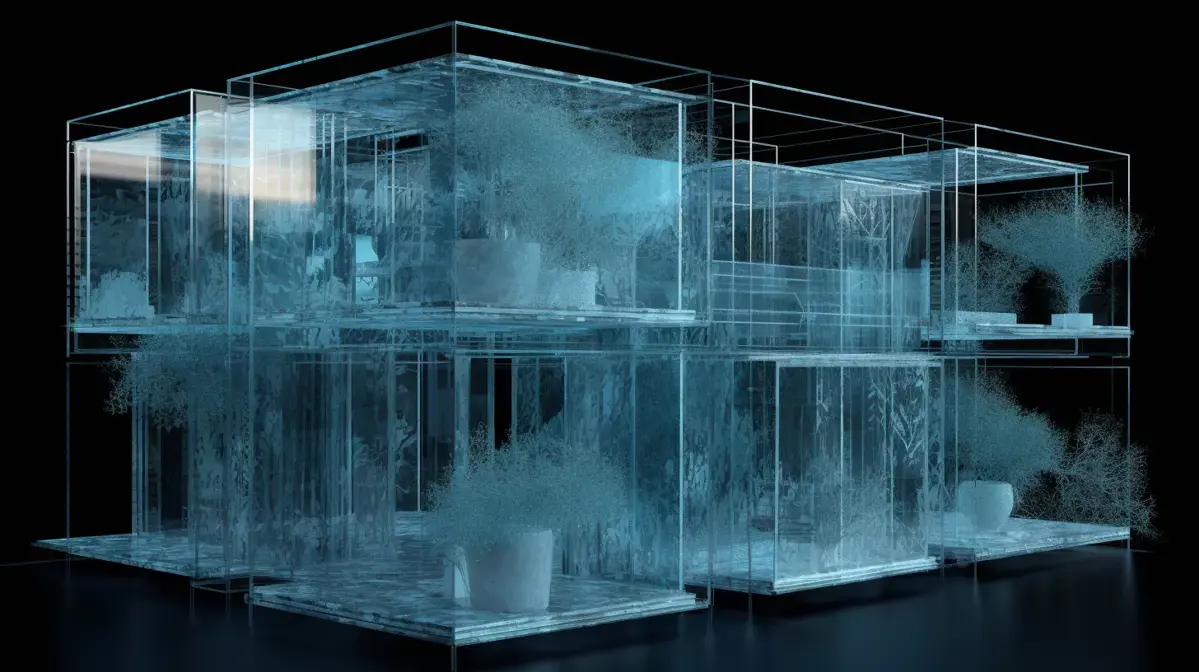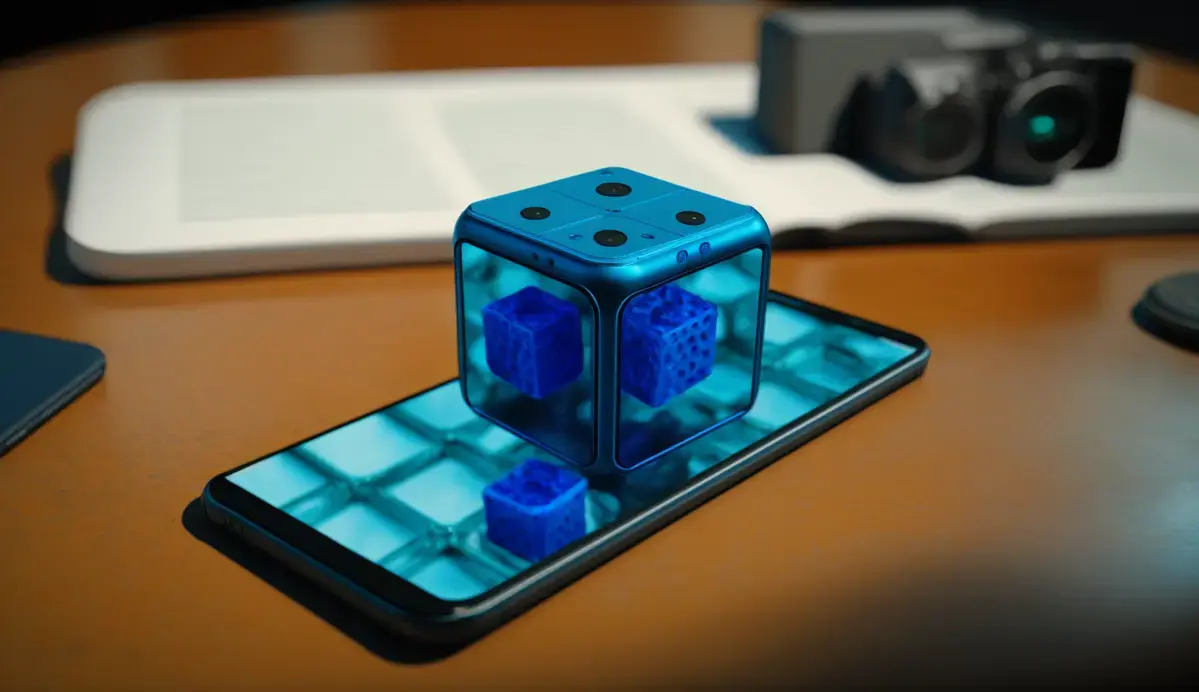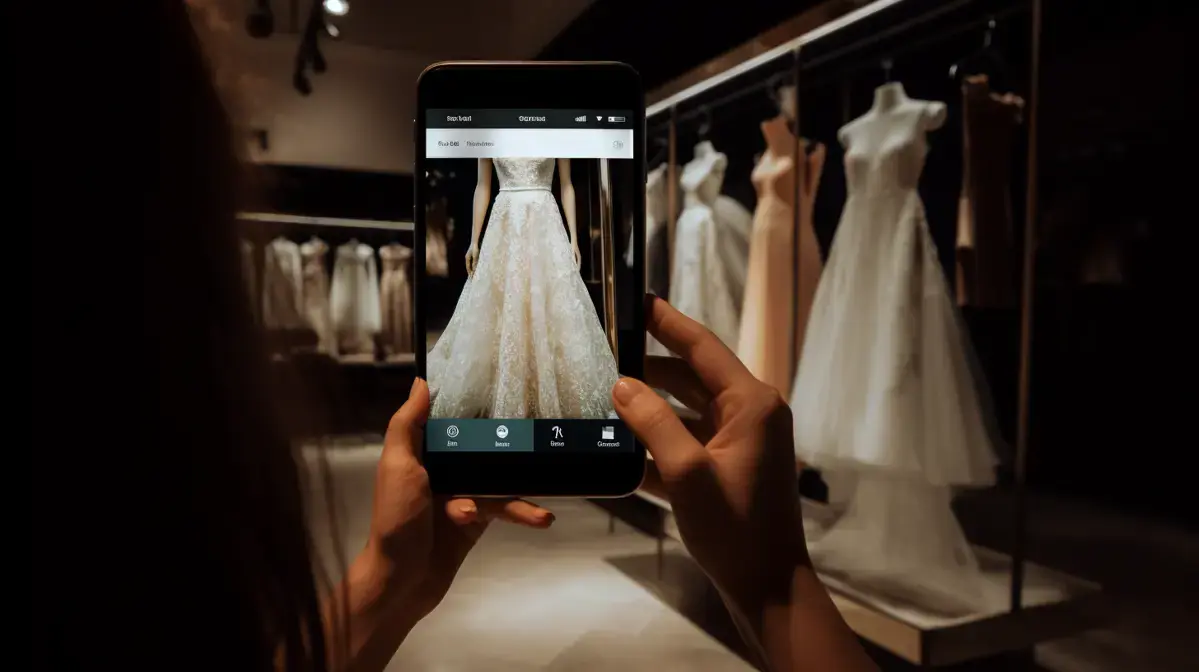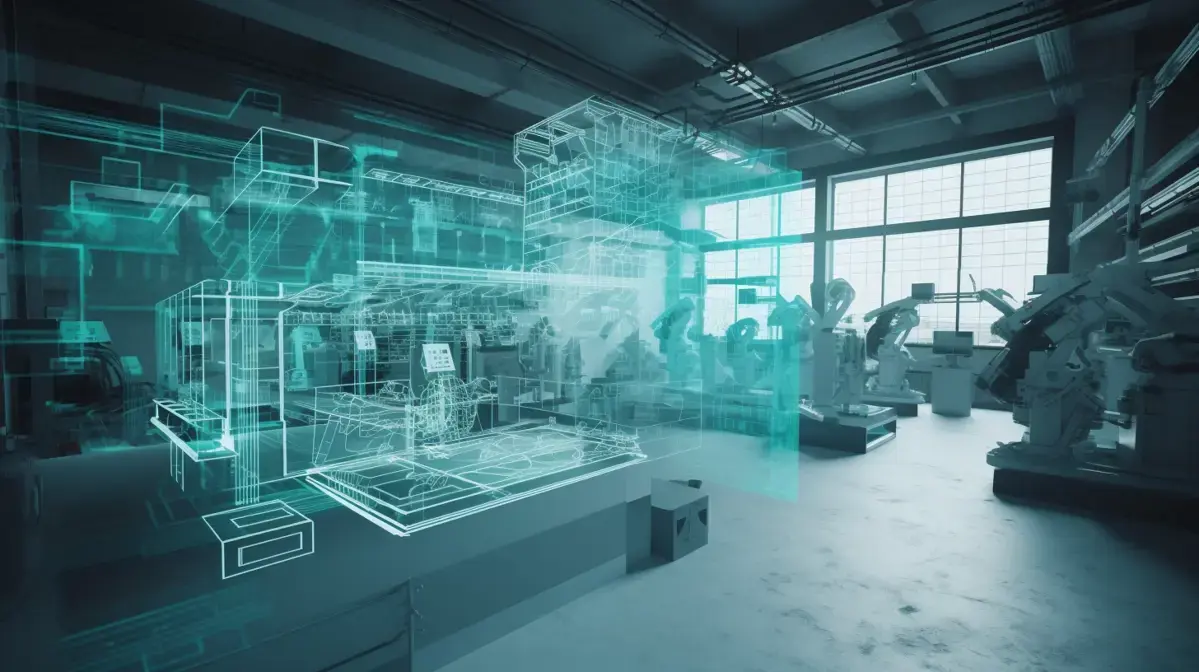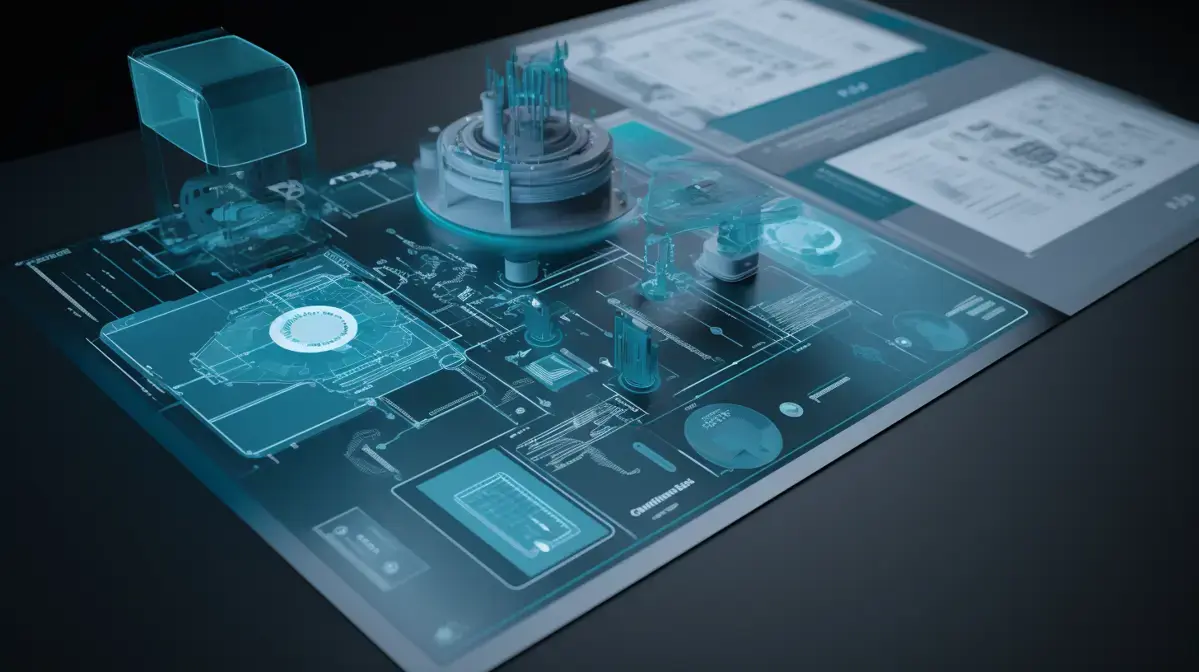Military logistics is the backbone of any armed forces, and it becomes even more critical when a nation’s safety and security are at stake. Augmented Reality (AR) has emerged as a game-changer in enhancing military logistics’ efficiency by providing real-time information to troops on the ground.
Using AR technology, soldiers can view digital overlays of maps, terrain features, weather reports and other crucial data that assist them in making informed decisions quickly. One example is using AR to visualize incoming supplies or equipment during transportation routes; this ensures smooth logistical operations without delay or hitches.
AR also enhances training for military personnel. With AR-enabled simulations or virtual training modules incorporating battle scenarios with intricate details such as enemy positions and troop movements can be created; these allow trainees to experience realistic combat situations before deployment.
Besides improving accuracy during targeting missions, high-tech weaponry systems equipped with augmented reality displays offer immersive visualization tools that enable operators significant advantages over traditional sighting methods. These tools minimize errors caused by physical limitations like visibility conditions amongst others.
Overall, Augmented Reality significantly improves military logistics’ performance from planning stages right down into execution phases- ensuring optimal situational awareness on all fronts – ultimately making sure our brave troops maintain maximum readiness levels always.
Visit here if you want to learn more about how AR technology works in various industries & sectors.
Table Of Contents
- Key Points
- Exploring the Future Possibilities of Augmented Reality in the Field of Building Maintenance
- Introduction to Augmented Reality in Military Logistics
- Benefits of Using Augmented Reality in Military Operations
- Interesting Facts
- Real-time Data Visualization through Augmented Reality
- Training and Simulation using Augmented Reality Techniques
- Streamlining Maintenance Operations with the Help of Augmented Reality
- FAQs
- Key Takeaways

Key Points
- Augmented reality (AR) technology is being used by the military to improve logistics operations.
- AR headsets and devices provide real-time information to soldiers, allowing them to make faster decisions and improve situational awareness.
- The use of AR in logistics can lead to more efficient supply chains, reduced costs, and improved mission outcomes.
- Military personnel trained with AR have shown increased proficiency in tasks such as navigation, maintenance, and equipment operation.
Exploring the Future Possibilities of Augmented Reality in the Field of Building Maintenance
As an expert in Augmented Reality, it’s clear that the world of building maintenance is set to be transformed by this revolutionary technology. With its ability to overlay digital information onto real-world environments, AR has the potential to revolutionize how we carry out repairs and maintenance tasks in buildings.
Imagine being able to identify a fault or repair needed with just a glance at your smartphone or tablet. Well, with AR technology you can do just that. Imagine walking into a room and visualizing all of the hidden pipes and wiring behind walls without having to open them up – now you can.
AR allows for quick access to useful information such as schematics or user manuals which can be downloaded straight onto devices like smartphones when viewing specific assets throughout buildings. This means workers will have available data literally right in front-of-mind whenever they need it.
But what really sets AR apart is its ability not only to provide accurate real-time location-based data but also to give users insightful guidance on how best they should proceed next – whether fixing something small like an appliance malfunction or replacing large-scale equipment within complex systems.
Overall, augmented reality has enormous potential for transforming building management processes through increased efficiency and reduced operational costs, whilst improving tenant experiences by providing seamless asset management visibility across entire portfolios – truly revolutionary stuff.
Introduction to Augmented Reality in Military Logistics
Augmented Reality in Military Logistics: The Revolution is Here
It’s hard to imagine anything more important than logistics. After all, without timely and efficient supply chains, even the most brilliant military strategists are doomed to fail. That’s why I’ve spent my career exploring how Augmented Reality (AR) can revolutionize the way we think about and approach logistical challenges.
For those unfamiliar with AR technology, think of it as a digital overlay on top of reality. Imagine driving down the road while wearing glasses that display upcoming turns or obstacles right in front of your eyes – that’s essentially what AR does for users.
In military logistics specifically, this means being able to instantly access up-to-date information about everything from inventory levels to weather patterns directly within their field of vision. This kind of real-time data visualization has countless applications across all areas of military operations – just imagine being able to see exactly where each vehicle or piece equipment is located at any given time.
One particularly striking example comes from an anecdote shared by one US army official who used an AR system during training exercises overseas; he described feeling like “superman” when he could not only track his team members’ locations but also visualize nearby threats through his headset. It’s clear that if utilized properly by militaries worldwide AR technology can enhance communications and improve response times in ways never before possible.
Benefits of Using Augmented Reality in Military Operations
Augmented reality is revolutionizing the way military logistics operate. For those not familiar with this technology, augmented reality blends virtual elements with the real world to create an interactive experience. In military logistics, augmented reality is being used in various ways such as providing soldiers with digital maps, displaying real-time data on equipment or even assisting medics during first aid.
Imagine a scenario where a soldier has to transport vital supplies across an unfamiliar terrain under enemy fire. Augmented Reality headsets equipped on their helmets provide them with detailed 3D maps and GPS coordinates of their location – so they can quickly reach their destination without getting lost or ambushed by enemies.
Apart from navigation assistance, augmented reality also assists in training procedures for soldiers. They can simulate different scenarios through AR simulations that mimic realistic battlefield experiences right down to sound effects and haptic feedback – making it easier for troops to prepare themselves mentally before going out into combat situations.
In fact, Militaries worldwide have already begun embracing this technology due to its immense benefits like increased safety measures leading towards better mission execution and ultimately safer outcomes for servicemen/servicewomen alike.
Augmented Reality provides game-changing capabilities that allow military personnel’s capability enhancements far beyond anything previously imagined. Altogether, it makes Military Logistics more effective than ever before whilst minimizing human risk factors too.
Interesting Facts
- The United States Army is currently using Microsoft’s HoloLens 2 headset to assist soldiers in various tasks, including military logistics.
- Augmented reality technology can be used to display critical information on a soldier’s field of view, allowing for more efficient decision-making and reducing the risk of error.
- In addition to military logistics, augmented reality has been utilized in combat training exercises and even surgical procedures.
- The Israeli Defense Force uses an augmented reality system called Tactical Augmented Reality (TAR), which displays real-time data such as maps and weapon status directly onto a soldier’s helmet visor.
- A study conducted by the U.S. Navy found that the use of augmented reality reduced maintenance time by up to 90% when compared with traditional methods.

Real-time Data Visualization through Augmented Reality
Augmented Reality (AR) technology has come a long way since its inception, and it is now being incorporated into military logistics operations around the world. AR provides soldiers with real-time information on their surroundings, including details about enemy positions and potential hazards. This allows them to make informed decisions quickly and effectively.
The introduction of AR in military logistics has revolutionized how troops operate in the field. It enables them to access critical information when they need it most, without having to rely on traditional methods such as maps or radio communication. For example, during a recent mission in Afghanistan, soldiers used an AR system that allowed them to see exactly where improvised explosive devices (IEDs) were located along their route.
One of the key benefits of using AR in military logistics is that it enhances situational awareness for troops on the ground. With this technology at their fingertips, they can sense threats before they materialize fully while also being able to monitor troop movements from headquarters more efficiently than ever before.
Augmented Reality revolutionizes how militaries conduct logistics operations by providing Soldiers with vital situational awareness regarding enemy locations and terrain features within seconds, instead of relying solely upon text descriptions or audio cues, which can be unreliable due to many variables like weather conditions, etc.
Training and Simulation using Augmented Reality Techniques
Augmented Reality (AR) has been a game-changer in military logistics, revolutionizing the way soldiers interact with their surroundings and ultimately ensuring mission success.
One of the most significant benefits of AR is its ability to provide real-time information about an environment or equipment. By using head-mounted displays or smartphones equipped with cameras and sensors, soldiers can access relevant data such as maps, equipment instructions and safety protocols without having to take their eyes off their surroundings. This means that they can remain situationally aware while still accessing important information at critical moments.
What truly sets AR apart from traditional methods is its ability to offer immersive experiences for training purposes. Soldiers can experience realistic simulations before being deployed into potentially dangerous situations; allowing them not only to prepare physically but also mentally for complex scenarios.
Augmented Reality technology shows no signs of slowing down anytime soon because it offers endless possibilities across various industries. Defence & security logistics management solutions have improved significantly over time thanks largely due to these cutting-edge technological applications such as augmented reality.
Streamlining Maintenance Operations with the Help of Augmented Reality
Augmented Reality (AR) technology has come a long way since it was first introduced. With AR, users can experience sensory information in an enhanced way by adding visual and auditory overlays to the real world in which they live. The military logistics industry is one of many sectors that have adopted this innovative solution to enhance their operations.
In military logistics, the use of augmented reality provides soldiers with a clearer understanding of their surroundings and enables them to make better decisions while on duty. For instance, using AR helmets like HoloLens or Vuzix allows soldiers access to maps or detailed instructions for field repairs without losing sight of what’s ahead on the battlefield.
This type of technology also helps reduce costs associated with traditional training methods as troops can now train virtually through simulations that mimic real-world situations such as battle scenarios or emergency response drills. By providing lifelike scenes and interactive experiences during training sessions, soldiers are better prepared for any situation they may encounter while on active duty.
As Augmented Reality continues its evolution within various industries around the globe, including Military Logistics, adoption rates will only continue trending upwards into new areas where Smart glasses like Google Glass could be used for supply chain management purposes onboard ships, thus enabling personnel working there greater situational awareness while still being able to focus fully upon performing tasks at hand.
Overall if you’re involved anywhere within Military Logistics – whether you’re serving actively across different terrains or simply supporting from HQ: Augmented Reality is set revolutionize how we approach operations giving us all much needed competitive edge over our adversaries.
FAQs
Q: What is augmented reality?
A: Augmented reality (AR) is a technology that overlays digital elements onto the real world.
Q: How is AR used in military logistics?
A: AR can assist with tasks such as inventory management, maintenance procedures and training simulations. For example, soldiers can use AR to identify equipment and supplies needed for a mission.
Q: Can AR improve efficiency in military logistics?
A: Yes, by implementing AR systems into logistics operations, soldiers can reduce time spent on manual processes such as paperwork or physically searching for items.
Q. Is there any cost associated with implementing an augmented reality system in Military Logistics ?
A. Yes , There will be initial development costs of creating an application specific to the needs of the organization.

Conclusion
Augmented reality is becoming a vital tool in military logistics. It has proven to be an effective means of enhancing situational awareness, communication and decision-making processes, especially during complex battlefield scenarios. The technology enables military personnel to access critical information on-the-go and make informed decisions quickly.
The use of AR in training has also proved beneficial as it allows soldiers to simulate real-life situations before getting into the field physically. Additionally, Augmented reality-based solutions have shown significant potential for improving maintenance tasks efficiency and reducing down times for equipment.
With the continued advancements being made with AR systems daily, we can expect further improvements in how they’re used within the industry over time. As such many governments across the world are investing heavily into this technology – both financially and from a research perspective – making sure their troops have every advantage possible when it comes to preparedness on future battlefields.’
Key Takeaways
- Augmented reality technology is being increasingly used in military logistics to enhance situational awareness, efficiency and productivity.
- AR-based training tools offer more immersive and interactive learning experiences for soldiers, allowing them to learn complex procedures without risking their lives or damaging equipment.
- The use of AR-powered smart glasses and heads-up displays can provide real-time data feeds on inventory management, maintenance requirements, supply chain status updates and other critical information that can inform decision-making in the field.
- The ability to visualize 3D models of weapons systems or vehicles using AR headsets helps identify potential issues before they arise during actual operations. For instance, a technician could spot an error in the design of a weapon system much faster through an AR model than by reading technical manuals alone.
